500th Anniversary of the Reformation

Superstitious students in St Andrews will carefully avoid stepping on setts in the cobbled ground outside St Salvator’s Tower marking out the initials PH. It is believed that if you tread on these during your degree you will surely fail; the only remedy is to take part in the May Dip running into the sea at first light on the first of May. This largely innocuous and surprisingly enjoyable tradition is related, somewhat obliquely, to the close connection between the University of St Andrews and the spread of Lutheran ideas to Scotland. PH are the initials of Patrick Hamilton, who was accepted into the University’s Faculty of Arts in 1524, and may even have taught here for a time. He was deeply influenced by humanist ideas during spells in Paris and Louvain, studied Luther’s thought in Wittenberg and Marburg, returned to Scotland to preach the Lutheran gospel in St Andrews, and was found guilty of heresy, and burnt that same day, 29 February 1528, outside the gates of St Salvator’s College. It was said that the
“reek of Master Patrick Hamilton infected as many as it blew upon”,
contributing to the success of the Reformation in Scotland a generation later.
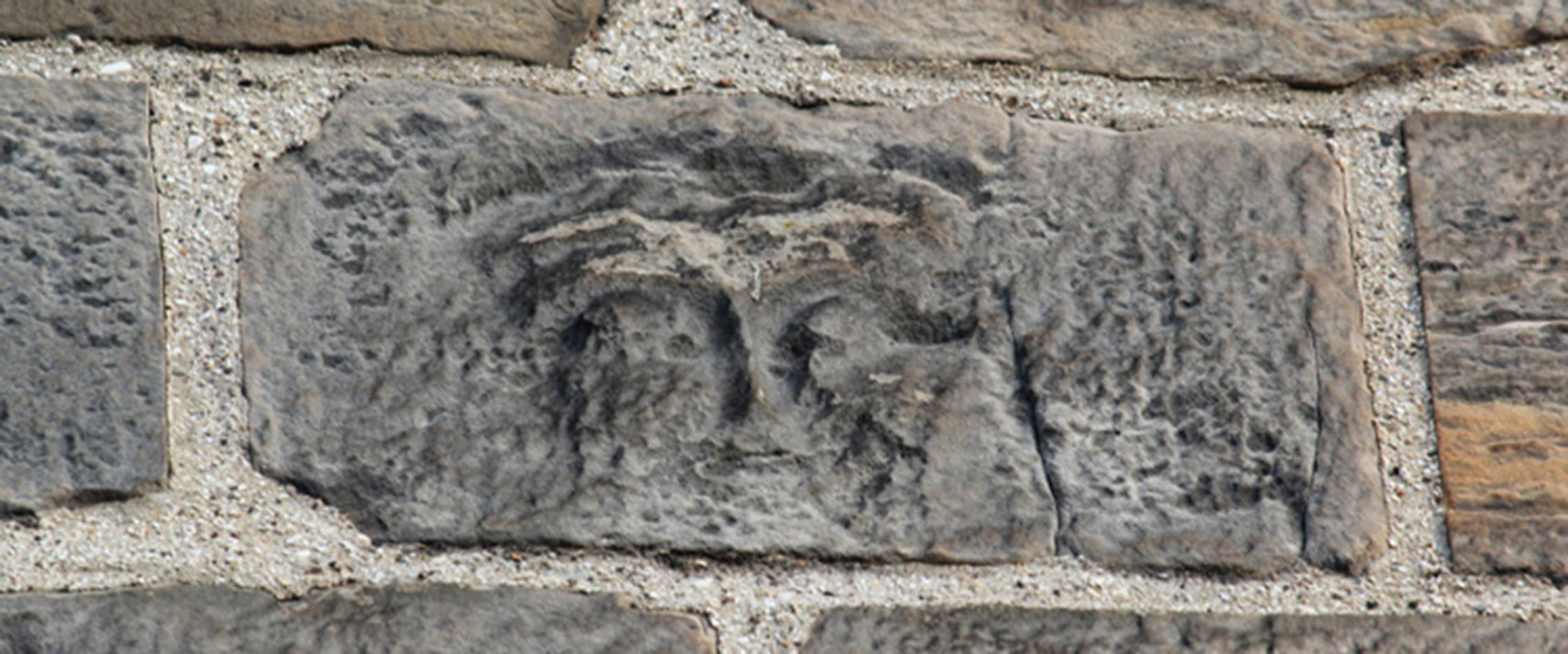
A number of members of St Leonard’s College in the early to mid 16th century were influenced by Luther’s thought, including Gavin Logie, Principal between 1523 and 1534. Indeed, as Cant puts it in his The University of St Andrews: A Short History,
“ to drink of St Leonard’s well’ became a synonym for the adoption of Protestantism in St Andrews and beyond.”
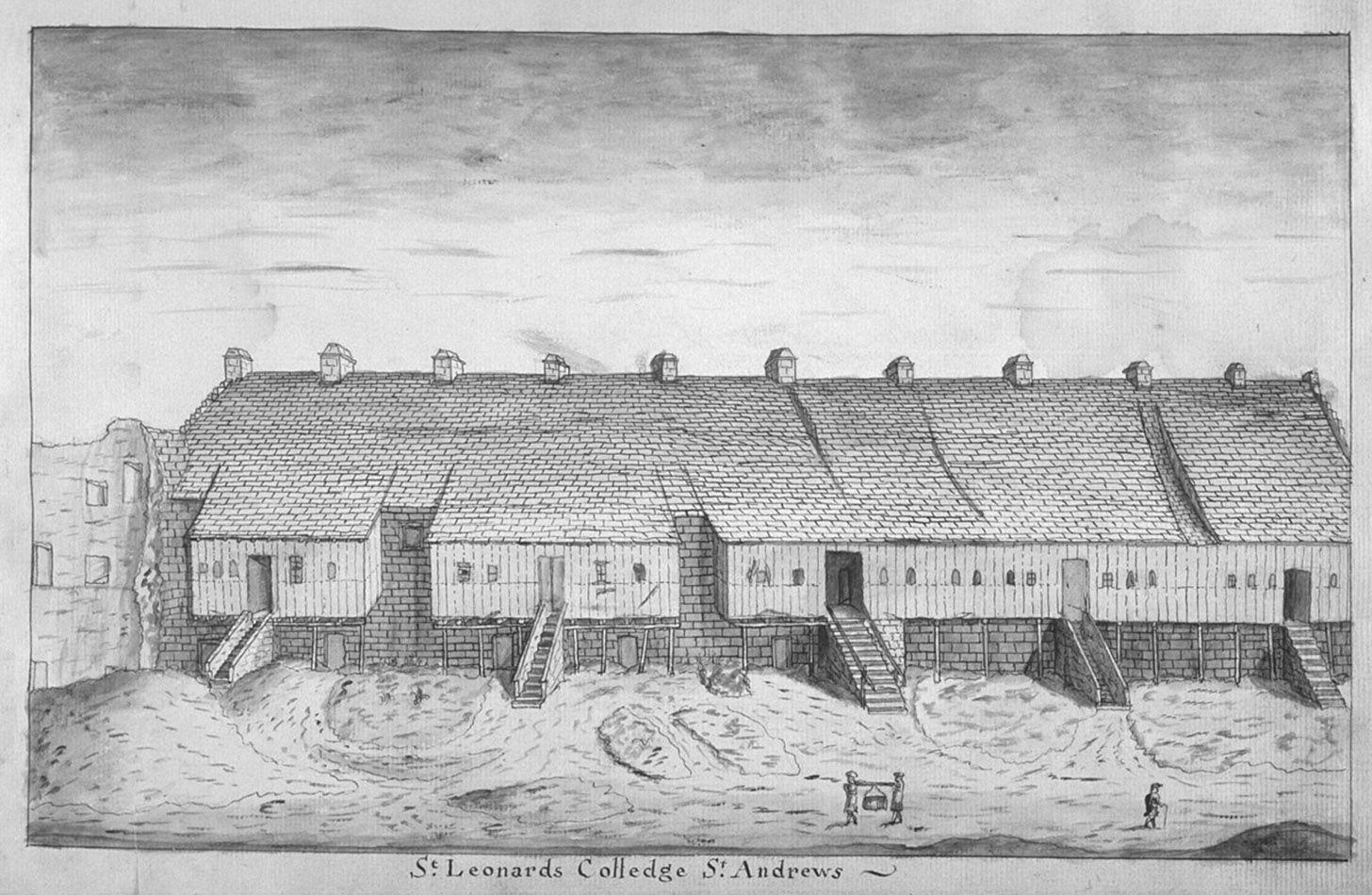
What were these ideas which led Hamilton and others to risk their lives? Martin Luther was an Augustinian monk who held a teaching post at the University of Wittenberg in Saxony, Germany. In his teaching and preaching, he increasingly took issue with certain practices of the Church of his day, particularly indulgences. These were sold by the Church to people with the promise of a shortening of time spent in Purgatory. On a number of counts Luther opposed these, including the absence of strong scriptural evidence for Purgatory or for the power of the Church to dispense such promises. Moreover Luther objected to the culture of rich and grandiose church architecture and adornment which indulgences served, and for the concomitant impoverishment of some who bought the expensive documents.
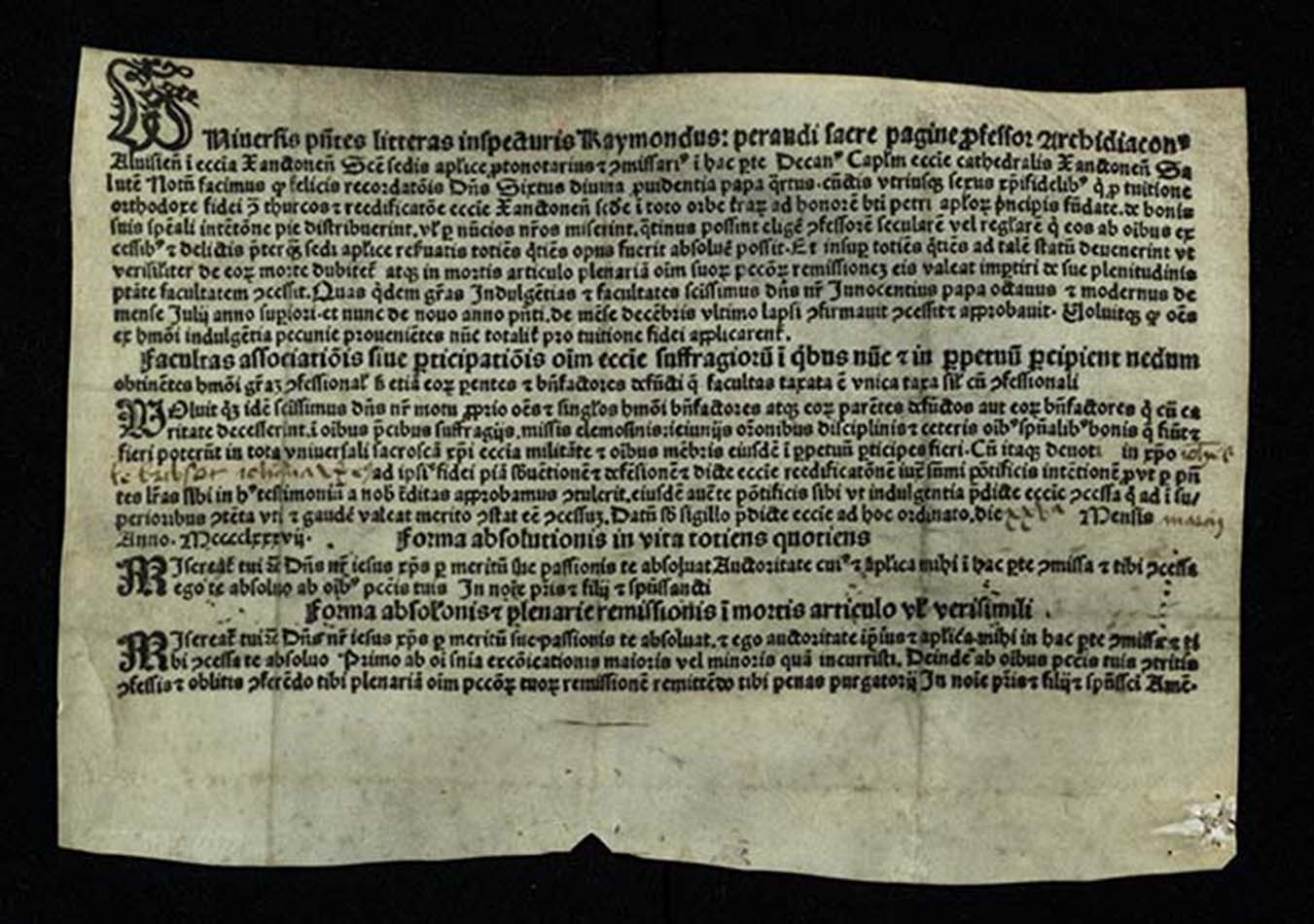
It has long been believed that on 31 October 1517, Luther posted 95 Theses against Indulgences on the door of the Castle Church in Wittenberg. The next few years saw a rapid growth of disagreement, debate and discord between alternative interpretations of doctrine and practice, and the movement we now call “the Reformation” gathered strength.
As his career as a preacher, writer and polemicist developed, so too did the depth and breadth of Luther’s theological ideas. Influenced initially by humanist ideas from Erasmus, Luther stressed the importance of the Bible, and of people reading the scriptures for themselves. To this end he oversaw a translation of the Bible into German, which remains hugely influential in German language culture.
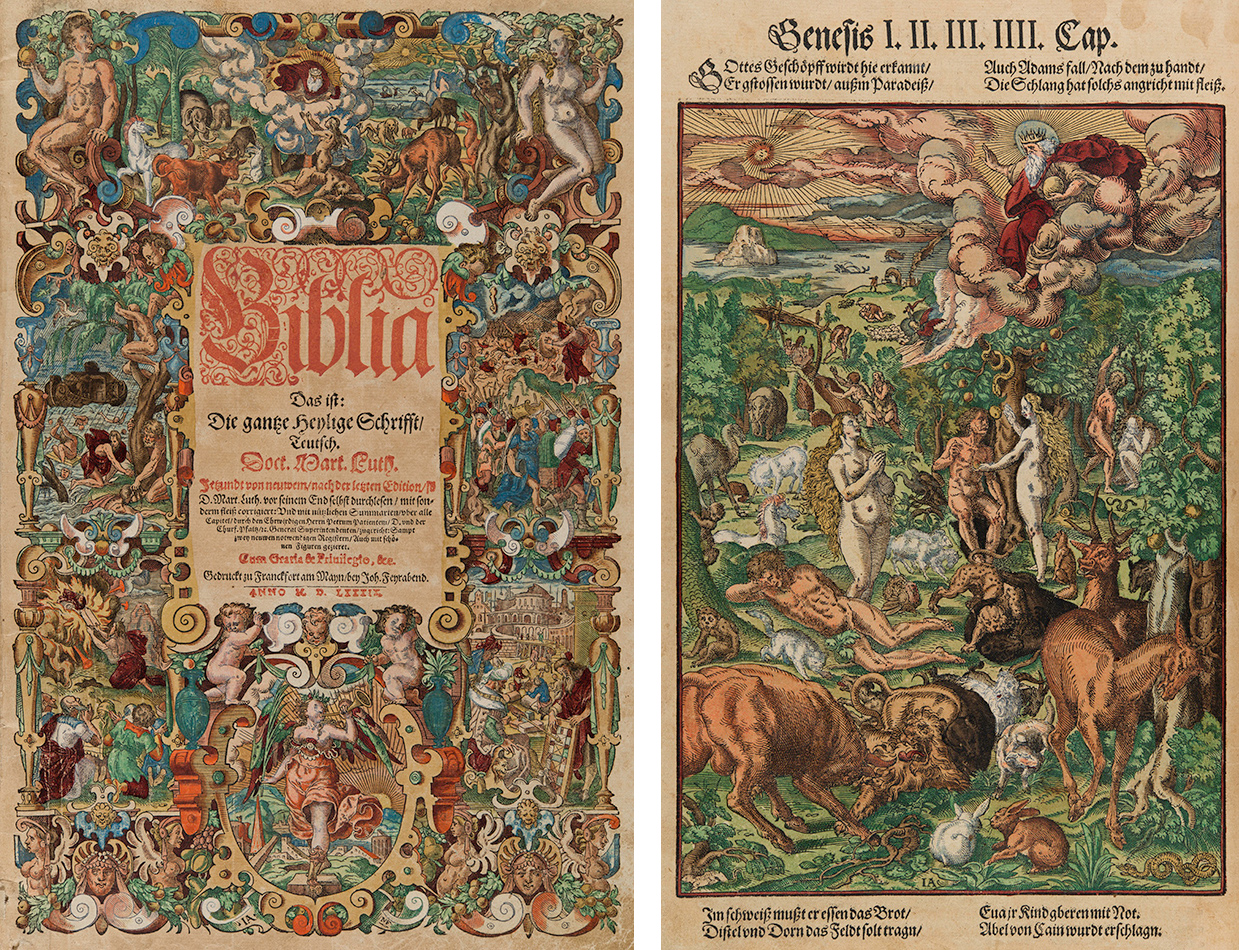
The Bible held an authority for Luther above any human institution, including the Church, the papacy or any Pope. This proved impossible for the Church to make room for, and Luther was excommunicated in 1521.
He also wrote a huge number of works, both in Latin and German, often relatively brief works published as pamphlets, and invigorating the publishing industry in Wittenberg and other German and European cities.
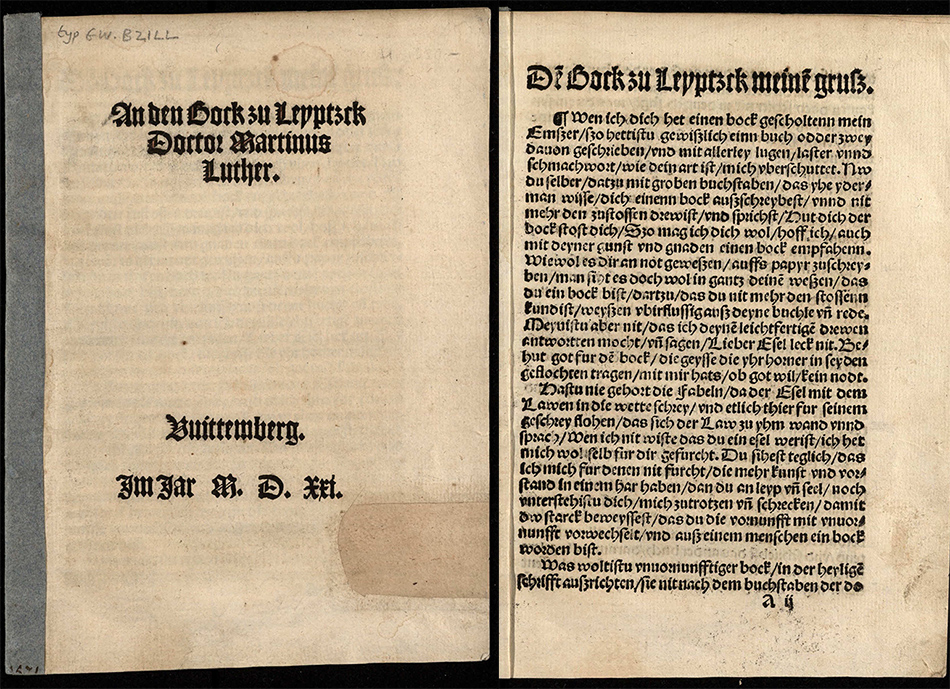
Luther’s ideas ranged across much of Christian doctrine. In his reading of the letters of the Apostle Paul, he saw a fundamental emphasis on justification by faith, rather than works. Luther was convinced of the rightness of Paul’s emphasis on human reconciliation by means of God’s grace, an unmerited mercy, rather than through fulfilling the law, or by earning salvation. It followed that Luther saw much of the sacramental theology of the Church as mistaken, and the sacraments unnecessary. From the traditional seven he thought only two were securely anchored in the ministry of Jesus – baptism and communion – while there was a case to be made for penance. And even baptism and communion were understood differently by Luther, as true and significant encounters with Christ, but without the regenerative or salvific importance placed on them in Church teaching.
Luther married Katharina von Bora, a former nun, and the couple had a number of children. By the time of his death in 1546, the Protestant Church was increasingly a strong presence in Germany and beyond, and its ideas, which had already touched Scotland, would, through the influence of John Calvin and the powerful presence of John Knox, change much of Scottish religion and society in ways which continue today.
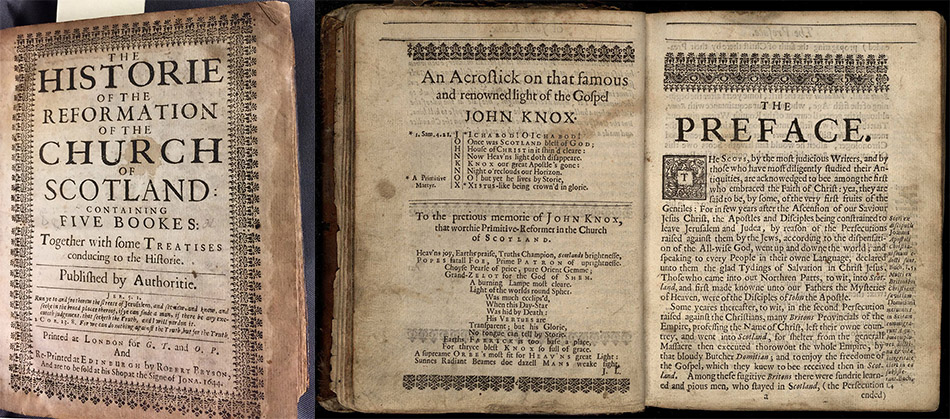
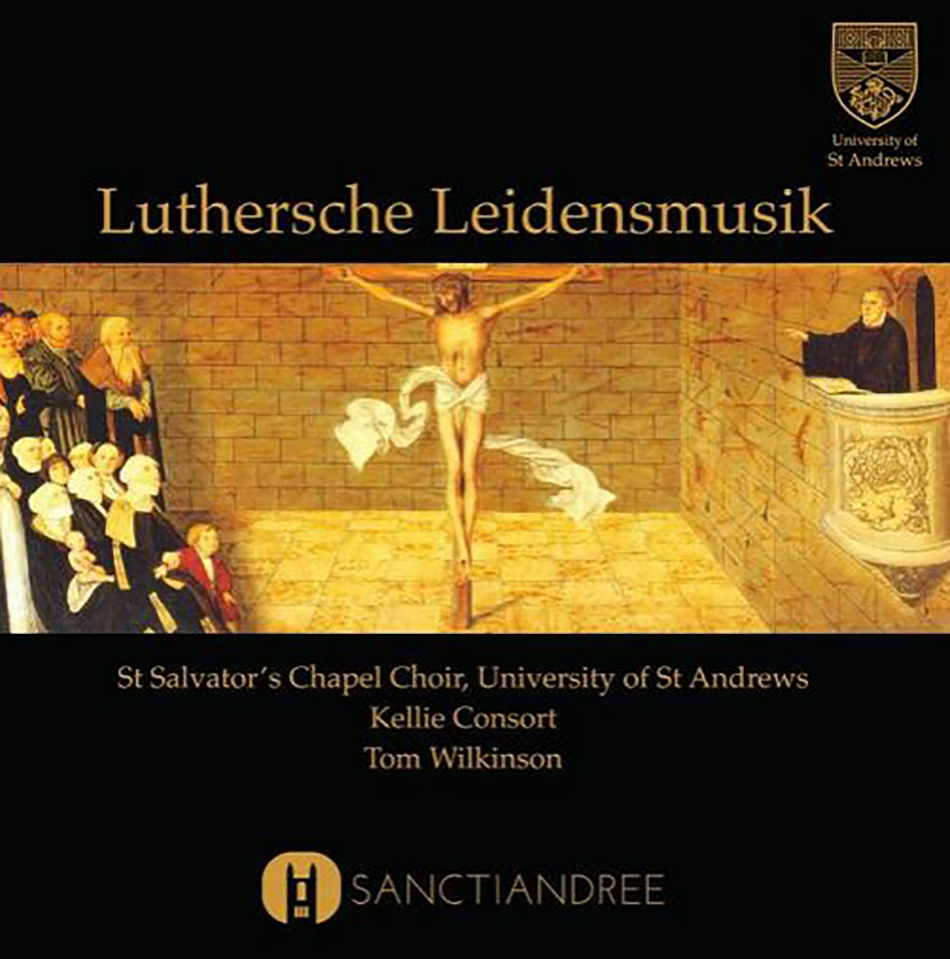
This year is the 500th anniversary of the 95 Theses. To commemorate the anniversary, the Community of Protestant Churches in Europe has designated a number of cities across Europe as Reformation Cities. Just one is in the United Kingdom – St Andrews. This has been marked in a series of lectures given under the auspices of our Reformation Studies Institute, the publication of a CD of Lutheran music by St Salvator’s Chapel Choir and the Kellie Consort under Tom Wilkinson called Luthersche Leidensmusik, a live broadcast of Sunday Worship on BBC Radio 4, and a Commemorative Service on 31 October in Holy Trinity Church organised by representatives of a number of St Andrews Churches. The note is one more of commemoration than celebration. With the PH as a stark reminder amongst others in St Andrews of the lengths religious authorities would go to preserve a supposed purity, it is surely important above all to stress our common humanity, and for Christians to recognise what holds us together rather than focusing on any disagreements which remain.
Revd Dr Donald MacEwan
University Chaplain
As a St Andrews alumni I was interested to hear just last week - via the Sunday Service on Radio 4 - that St Andrews had been designated a Reformation city. It was of particular interest to me as my new book - Katharina: Deliverance - launched this month - is the first of a two-book set which may best be described as fictionalised biography, based on the life of Katharina von Bora up to the point of her marriage to Martin. I was privileged to travel to Saxony earlier this year to 'walk in her footsteps', courtesy of a travel grant from Creative Scotland and have thoroughly enjoyed both researching and writing about her. The perfect foil for Martin!